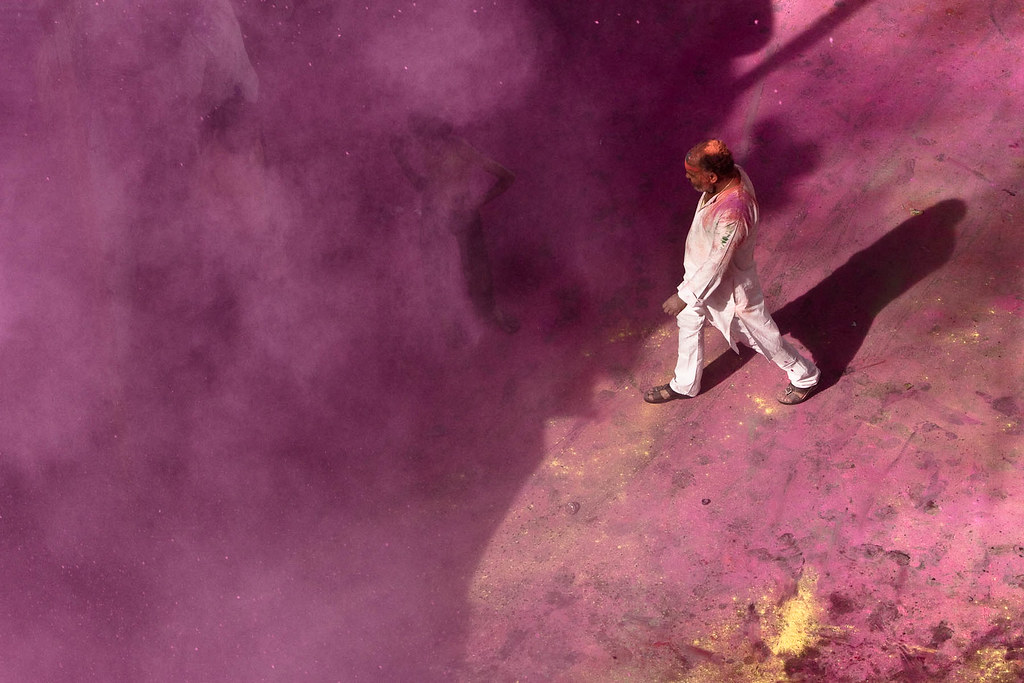Our fifth grade unit has shifted. In past years, we struggled with how to make the unit relevant to students, to ensure student agency was central, while making problems real-world and not “imagine you are leaving on a spaceship tomorrow and can only take three items with you” type problems. This year we have used the United Nations Sustainable Development Goals as a place to look for problems. Problem finding has become an integral part of our STEAM program for the simple reason that it’s a necessary skill that helps open up the possibility of students becoming innovators rather than technicians (of course technicians are valuable).
The chaos? As with all STEAM units at our primary school, there is chaos. It’s derived from agency: from each student having voice, choice and control over their learning, while at the same time uncovering the written curriculum and assessing for prescribed outcomes that other stakeholders expect. It usually means there are 15 different approaches to the unit within one classroom. Times nine or ten classes. This year we have a group looking to ferment corn with lactobacillus bacteria to try to make biodegradable plastic, working alongside a group trying to measure the strength of various common metals by using a vibration motor. It’s a good thing we are well resourced.
The structure? In our context, a combination of the use of the design cycle, alongside co-constructed criteria for project ideas, as well as the scientific method (as appropriate) provides just enough to guide the learning process. Usually.
